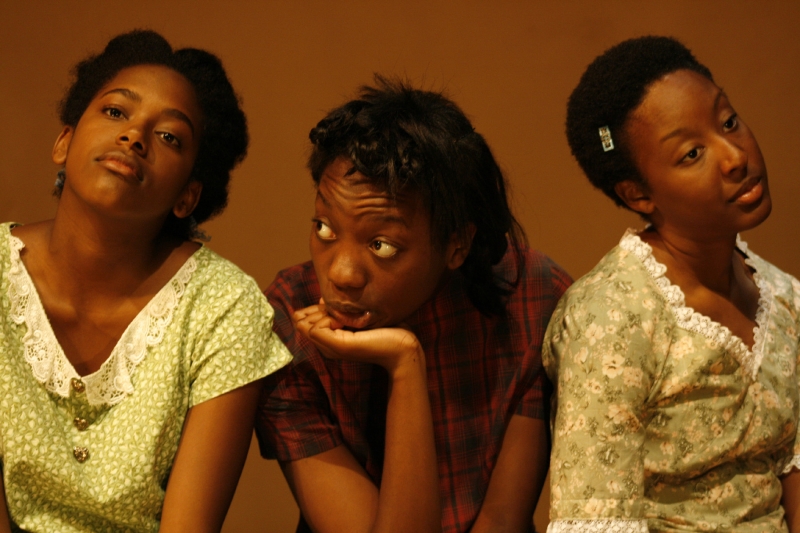

A part on the side, with one little curl on my forehead. I fixed my hair up like I’d seen hers on a magazine. I’ member one time I went to see Clark Gable and Jean Harlow.

Then her self beauty changed for the worst when she got pregnant.
THE BLUEST EYE MOVIE FULL
She was never able, after her education in the movies, to look at a face and not assign it some category in the scale of absolute beauty, and the scale was one she absorbed in full from the silver screen.

“In equating physical beauty with virtue, she stripped her mind, bound it, and collected self-contempt by the heap….
THE BLUEST EYE MOVIE MOVIE
Pauline Breedlove’s expectations of beauty came from all the movies she had seen, “After moving up north with Cholly, Pauline begins trying to create herself in the visual image of the movie screen” (Walther 778).Įver since Pauline founded interest in the movies she could not contempt the action of comparing others and herself to the ideal beauty being shown in movies. The media’s interpretation of beauty made colored women judge their own beauty base on their films, etc. The fact that the African- American culture were accepting the assumption that white culture was above them, created a higher impact on the “physical beauty” of women.Morrison uses the character Pauline Breedlove to demonstrate how the media enlarged the idea of what beauty is and how it easily destroyed a women’s self-esteem. Morrison uses this character to question the fact that African-American community we’re encouraging their kids to like a certain type of beauty instead of their own, that being the main reason why white culture was sought to be superior than their culture. Claudia did not only hate the doll because everyone found the doll beautiful she also hated the doll because she could not relate to it.Claudia destroyed the doll piece by piece trying “to discover the dearness, the beauty” (Morrison 20) in it. all agreed that blue eyed, yellow-haired, pinked doll was what every girl child treasured” (Morrison 20). As a10 year old child she could not understand why “adults, older girls. “I had one desire: to dismember it” (Morrison 20). She couldn’t understand why others found it beautiful and had an anger towards the doll it self. “From the clucking sound of adults I knew what the doll represented what they thought was my fondest wish.I was bemused with the thing itself and the way it looked” (Morrison 20). Claudia’s reaction was an unexpected one, she hated the doll. Readers receive the introduction of this concept through the character Claudia Macteer.įor Christmas Claudia receives a Shirley Temple doll, see “during the 1930-40’s white dolls were the best selling” (Colson 9) and Shirley Temple was the most praised star in Hollywood.
THE BLUEST EYE MOVIE SKIN
In the book The Story Behind Toni Morrison’s The Bluest Eyes Mary Colson states “In the 1930’s-40’s white beauty was visible everywhere from candy wrappers in shops to movie screens, whiteness was presented in a positive desire” (Colson 9).Morrison uses that fact to create a scenario in which having milky skin and precious blue eyes is the desire of many due to the acceptance people gain from having those completions. White Beauty was the desired beauty, the media contributed to this assumption through their productions in films, creation of toys, images in magazines, etc. An establishment of an artificial scale of beauty showing how a race and culture values are easily being disallowed by the ideology of being the perfect beauty of a human being.Morrison uses characters such as Claudia Macteer, Pauline Breedlove and include child star Shirley Temple to demonstrate how the hegemonic white culture is the factor of the beauty barrier that is within the black (African-American) community. ? Vanessa Mateo AP English The Beauty and Race Subjectivity in Toni Morrison’s The Bluest Eyes In The Bluest Eye, author Toni Morrison uses a combination of race and beauty as factors that contribute to a culture’s creation of artificial scale of beauty.


 0 kommentar(er)
0 kommentar(er)
